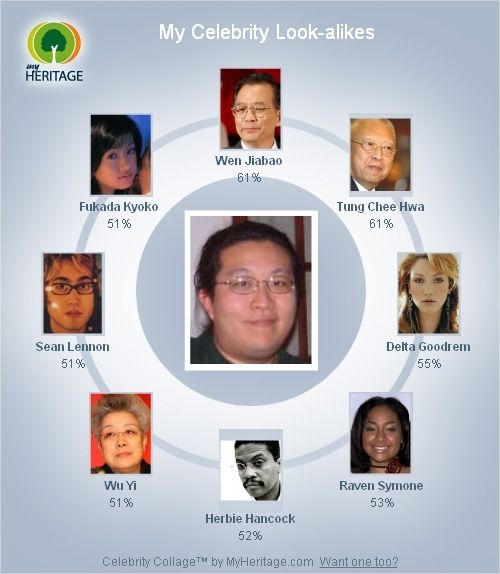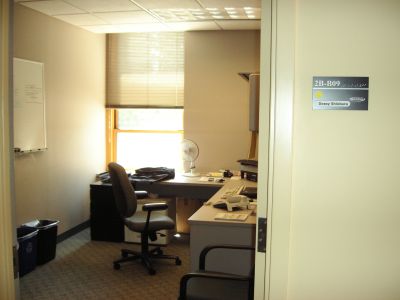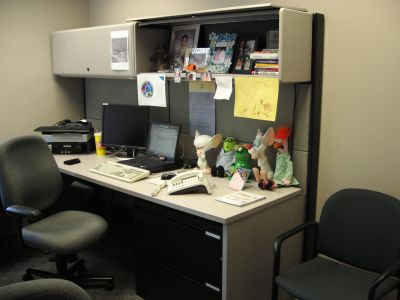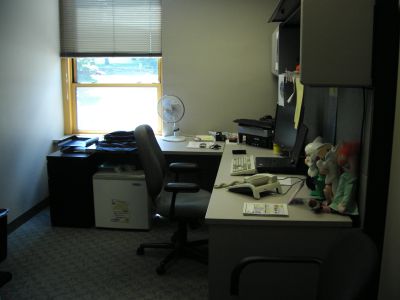The folks at MyHeritage.com are creating some interesting facial recognition software and one of their applications involves uploading a picture, their software recognizes the face in it, then matches it to other faces in their database. You can now get a collage of faces that matches … you can see mine below.
Interestingly, 4 out of 8 of the matches are female faces … I guess if humans have a hard time guessing my gender right (you’d be surprised), it’s no wonder a computer would have just as hard a time.





Latest comments